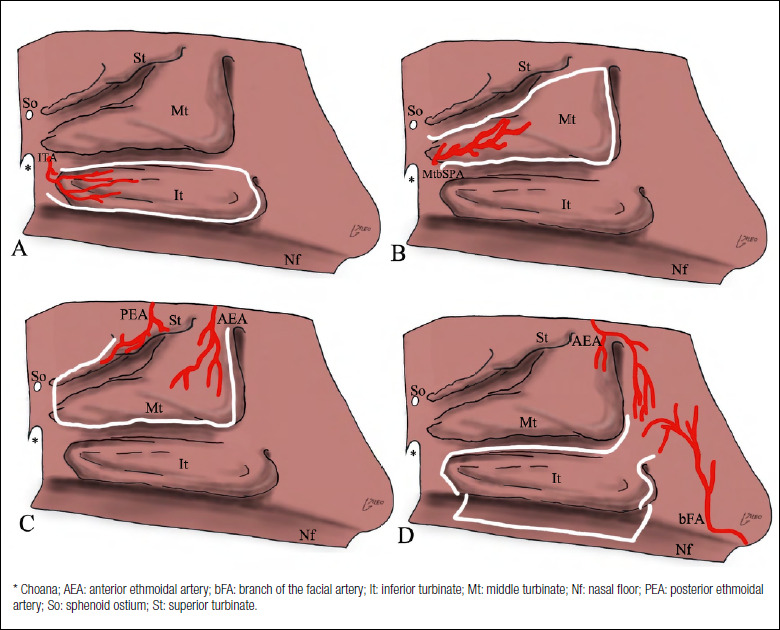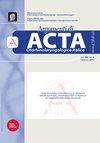Pedicled nasal flaps in transnasal endoscopic surgery: review of indications and surgical techniques.
IF 2.1
4区 医学
Q2 OTORHINOLARYNGOLOGY
Acta Otorhinolaryngologica Italica
Pub Date : 2023-10-01
Epub Date: 2023-05-23
DOI:10.14639/0392-100X-N2469
引用次数: 0
Abstract
SUMMARY At present an exclusive endoscopic endonasal approach is sufficient in the majority of cases to treat pathologies involving the sinonasal compartment and the surrounding anatomical subsites (e.g. orbit, ventral skull base, upper parapharyngeal space, etc.) with the advantage of minimising surgical invasiveness. In this context, nasal vascularised local flaps are widely employed because they represent a more effective option for reconstruction or preservation of noble/vital structures compared to grafts. On the other hand, the surgical extension and morbidity are minimised compared to regional or free flaps. Several nasal local flaps have been described in the literature: the aim of this review is to examine their applications, characteristics, indications, success rates and morbidities. Different nasal flaps based on single or multiple pedicles have been described; the choice between them is based on different factors such as the flap’s shape and dimension, localisation of the pedicle’s origin, width of rotation angle, previous surgeries which could compromise vascularisation, and surgical experience, in addition to the position and dimension of the area which must be resurfaced.


带蒂鼻皮瓣在经鼻内镜手术中的应用:适应证和手术技术综述。
本文章由计算机程序翻译,如有差异,请以英文原文为准。
求助全文
约1分钟内获得全文
求助全文
来源期刊

Acta Otorhinolaryngologica Italica
OTORHINOLARYNGOLOGY-
CiteScore
3.40
自引率
10.00%
发文量
97
审稿时长
6-12 weeks
期刊介绍:
Acta Otorhinolaryngologica Italica first appeared as “Annali di Laringologia Otologia e Faringologia” and was founded in 1901 by Giulio Masini.
It is the official publication of the Italian Hospital Otology Association (A.O.O.I.) and, since 1976, also of the Società Italiana di Otorinolaringoiatria e Chirurgia Cervico-Facciale (S.I.O.Ch.C.-F.).
The journal publishes original articles (clinical trials, cohort studies, case-control studies, cross-sectional surveys, and diagnostic test assessments) of interest in the field of otorhinolaryngology as well as clinical techniques and technology (a short report of unique or original methods for surgical techniques, medical management or new devices or technology), editorials (including editorial guests – special contribution) and letters to the Editor-in-Chief.
Articles concerning science investigations and well prepared systematic reviews (including meta-analyses) on themes related to basic science, clinical otorhinolaryngology and head and neck surgery have high priority.
 求助内容:
求助内容: 应助结果提醒方式:
应助结果提醒方式:


